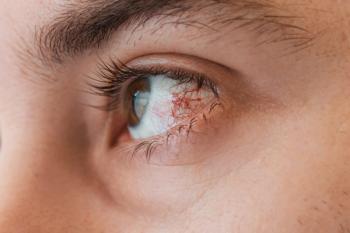
Study Provides ‘Proof of Concept’ that Genetic Findings Can Lead to Drug Development
Surprising findings from the largest study to date investigating the genetics of osteoporosis and fracture risk.
A new study that sheds light on genes and bone fracture risk may help identify some targets for drug development.
Osteoporosis-related fractures were responsible for an estimated $19 billion in healthcare costs in 2005, with that
The genetic factors related to fracture in this largest genetic study of fracture to date, show that the genes discovered as being related to fracture are the same ones that have been found previously to be related to bone density-highlighting the importance of bone density to fracture risk.
For the
Using mendelian randomization, an approach that takes advantage of the random assortment of genetic alleles at birth from the father and mother, the researchers were not able to confirm that many of the purported “risk factors” for fracture are likely causal.
The study provides evidence against a causal effect of several proposed clinical risk factors for fractures, including diabetes, rheumatoid arthritis, vitamin D, as well as others. These findings strongly suggest that treatments aimed at increasing bone strength are more likely to be successful in preventing fractures than widespread supplementation of calcium and vitamin D or targeting other risk factors that were not found to mediate the disease, according to the study authors.
“Only bone density was strongly related to fracture using this approach,” Kiel says. “Since there is a huge treatment gap of older adults with osteoporosis, whereby many people are not being prescribed therapy to prevent fractures, and since some of the available drugs have side effects, there is a need for new treatments to be developed. Second, our mendelian randomization results add further support to the growing recognition that in the general population, routine supplementation of vitamin D to prevent fractures is not likely to be successful.”
One of the strongest signals was near the cluster of genes that are called SOST, DUSP3, MEOX. One of the genes in this cluster is sclerostin, a protein that in humans is encoded by the SOST gene.
“This gene makes a protein, sclerostin, that inhibits the building of bones. There is currently a drug under review by the FDA for approval to treat osteoporosis,” Kiel says. “The drug called romosozumab blocks the sclerostin to enable bone to be built up. This is a ‘proof of concept’ that genetic findings can lead to new drug development.”
Another gene, RSPO3, lies in the same path as SOST, as does the gene WNT16 on chromosome 7, again showing that genetic studies often identify the key “druggable” pathways related to diseases, according to Kiel.
Newsletter
Get the latest industry news, event updates, and more from Managed healthcare Executive.






















































